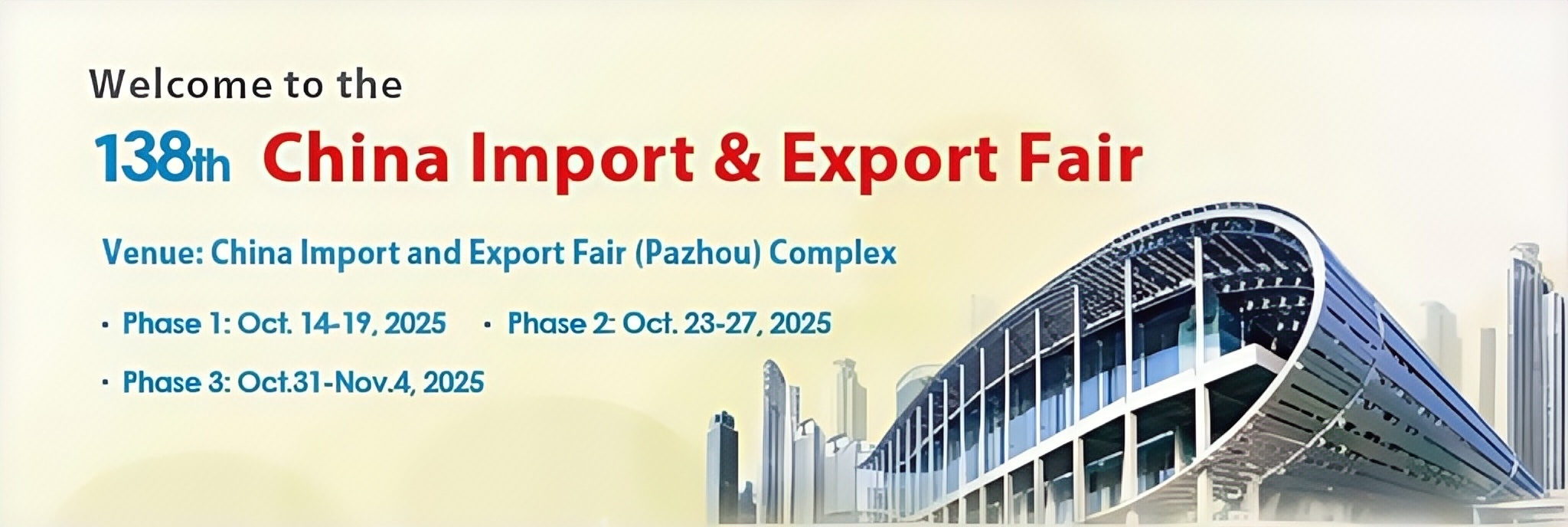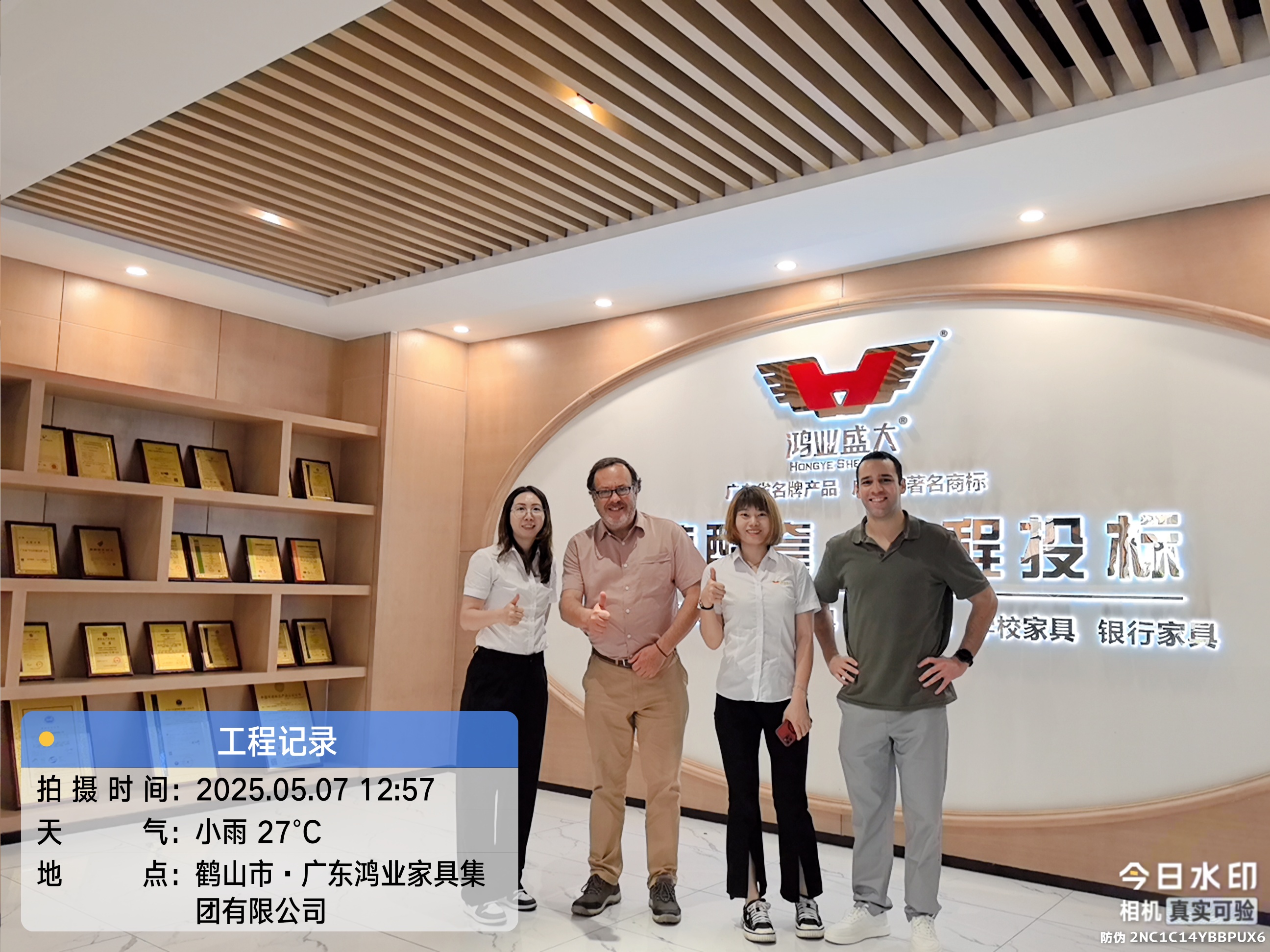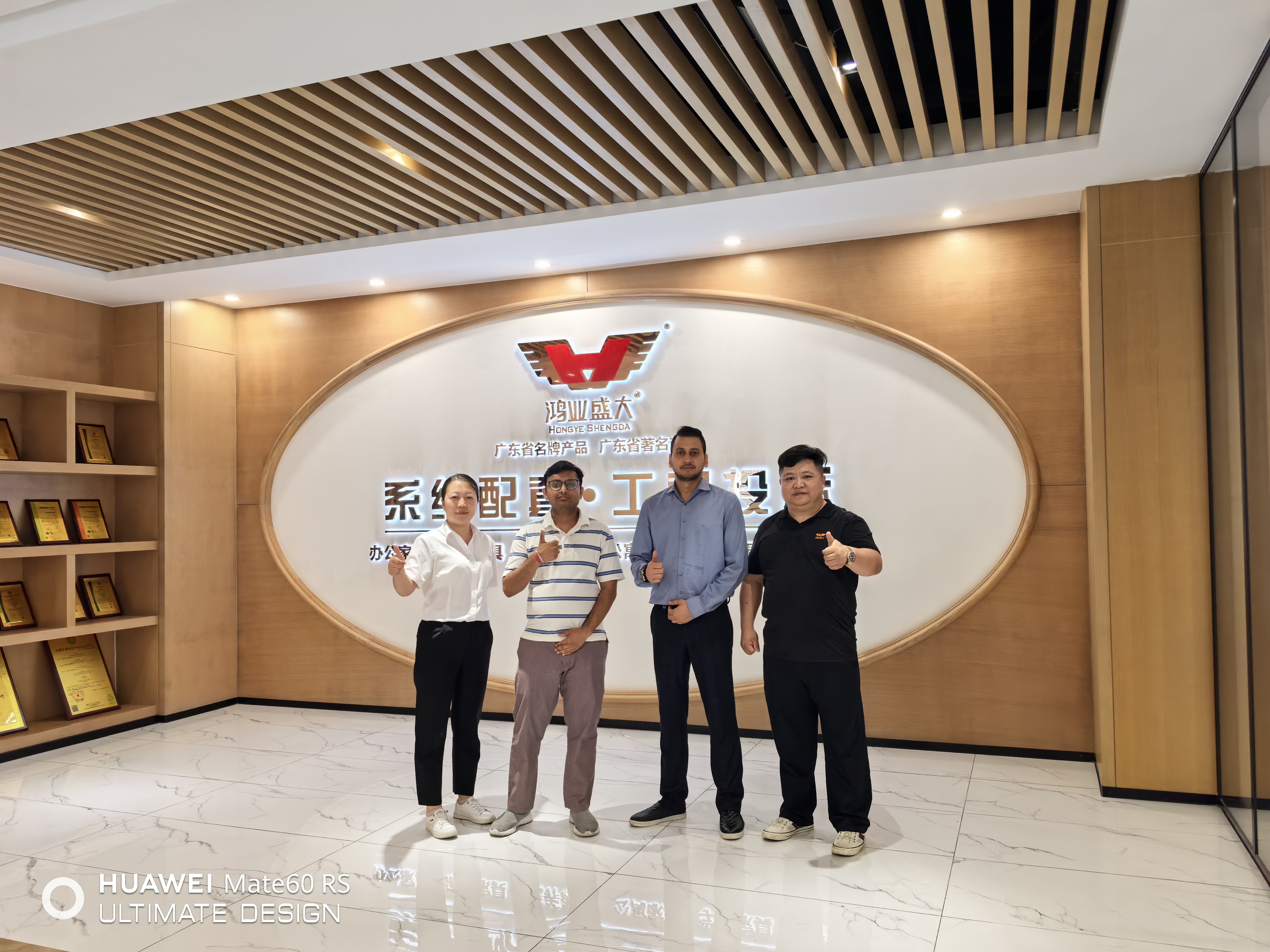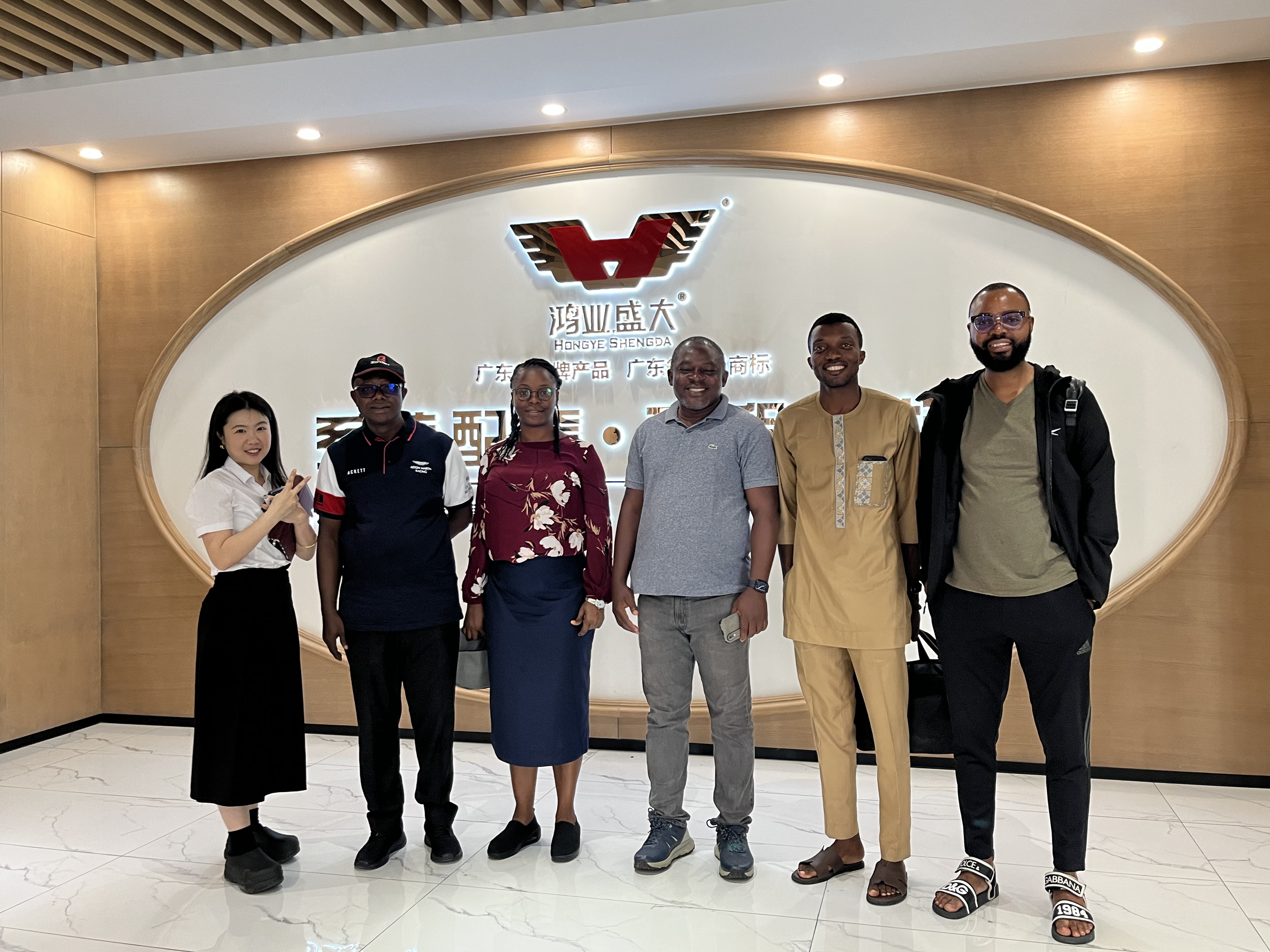- All
- Product Name
- Product Keyword
- Product Model
- Product Summary
- Product Description
- Multi Field Search
Views: 0 Author: Site Editor Publish Time: 2025-10-22 Origin: Site








The Canton Fair represents the world's premier destination for sourcing office furniture globally. For procurement professionals, designers, and business owners, the 2025 edition offers unmatched access to manufacturers, competitive pricing, and innovative solutions. However, navigating this massive event demands strategic preparation, informed decision-making, and systematic supplier evaluation. This guide provides actionable strategies for maximizing your Canton Fair experience, from pre-fair planning through post-fair relationship management.

Effective sourcing begins weeks before arrival in Guangzhou.
Secure badges through official registration at least three weeks prior
Verify visa requirements and arrange documentation early
Prepare professional company introduction packages with Chinese translations
Gather business licenses, tax documentation, and corporate materials
Document detailed specifications for each furniture category
Create prioritized procurement lists with budget parameters
Calculate comprehensive costs including shipping, duties, and taxes
Build 15-20% contingency margins into budgets
Establish payment method capabilities in advance
Identify 20-30 potential manufacturers using official exhibitor directories
Verify company registration, export licenses, and operational history
Research through trade databases and industry contacts
Focus on established exporters with proven client portfolios
| Pre-Fair Timeline | Key Actions | Outcomes |
6-8 weeks before | Registration, visa processing, travel arrangements | Confirmed attendance |
4-6 weeks before | Supplier research, target identification | 20-30 qualified prospects |
2-4 weeks before | Budget approval, payment setup | Financial readiness |
1-2 weeks before | Appointment scheduling, materials preparation | Organized itinerary |
Walk entire furniture sections systematically without making premature commitments. Photograph booths, collect information, and assess the complete landscape before selection decisions. Prioritize manufacturers with professional presentations, comprehensive displays, and multiple quality samples.
Request production information genuine manufacturers readily provide—production capacity, equipment types, quality processes, and facility locations. Request factory visits; manufacturers welcome tours while trading companies decline or propose "partner factories." Verify addresses match known manufacturing regions like Foshan or Dongguan rather than commercial districts.
Physically test furniture: sit in chairs, operate drawers, examine construction
Evaluate materials: natural wood grain, consistent finish application, substantial hardware
Request material specifications, certifications (CARB, FSC), sustainability documentation
Assess workmanship: tight joinery, smooth mechanisms, consistent coloring
Secure physical samples before departing. Discuss minimum order quantities early—standard MOQs range from twenty to two hundred units depending on product. Negotiate trial orders at higher per-unit costs, demonstrating quality verification before volume commitments. Explore mixed-container capabilities combining multiple products to reach container minimums.
| Supplier Evaluation | Assessment Criteria | Red Flags |
Manufacturer Verification | Factory tour offers, production detail knowledge, manufacturing region location | Vague facility info, declined visits, commercial district addresses |
Quality Indicators | Solid construction, smooth mechanisms, consistent finishes | Lightweight materials, rough joinery, uneven finishes |
Professional Capability | Comprehensive samples, transparent pricing | Limited display, unclear information, aggressive tactics |
Certifications | CARB, FSC, ISO documentation available | No certifications, reluctance to discuss standards |

Chinese office furniture pricing reflects raw materials, production labor, quality control, factory overhead, and logistics. Export pricing includes international complexity and relationship development. Recognize that Canton Fair pricing represents export rates, typically with modest negotiation margins.
1. Negotiation Strategy
Begin with detailed requirement discussions demonstrating genuine intent
Request itemized quotations detailing all charges
Use competitive pressure tactfully without threatening relationships
Emphasize long-term potential and repeat-purchase possibilities
Structure initial orders with performance-based volume scaling
2. Payment Terms
Standard terms: 30% deposit upon confirmation, 70% before shipment. Counter-propose 30% deposit with 70% payable upon inspection certification or container arrival. Consider letters of credit for larger transactions. Clarify warranty terms (1-5 years) explicitly in agreements.
| Negotiation Component | Approach | Expected Outcomes |
Pricing | Itemized quotes, cost optimization, competitive pressure | 10-20% improvement |
Volume Leverage | Emphasize long-term potential, performance-based scaling | Better terms, priority treatment |
Payment Terms | 30/70 splits, inspection-based release | Risk mitigation |
Warranty | Extended coverage, documented procedures | 3-5 year protection |
Never authorize full production without approving pre-production samples incorporating all specified materials, finishes, and construction methods. Document samples photographically as contractual references. Specify sample approval timelines and modification procedures in agreements.
For significant commitments, conduct factory visits observing production equipment, facility organization, quality control systems, and workforce conditions. Modern CNC equipment and systematic assembly indicate consistent production capability. Well-managed facilities with proper safety standards produce higher-quality output.



-Customers visit Hongye's factory-
Engage independent inspectors at 80-100% production completion ($300-800 per visit). Inspectors verify products against specifications, check construction quality, dimension accuracy, and functionality. Establish that final payment releases contingent upon satisfactory inspection results.
Verify proper packaging and loading through supervision or inspection services. Document packaging conditions and loading sequences photographically. Confirm container seal integrity and record numbers matching shipping documentation.
Contact promising suppliers within 48 hours confirming interest and next steps. Summarize key discussions preventing miscommunication. Request formal quotations advancing toward purchase agreements.
Evaluate received samples within one week providing detailed feedback regardless of approval decisions. For approved samples, communicate acceptance and outline procurement timelines. For required modifications, specify changes precisely with visual references.
Formalize commitments through comprehensive written agreements covering product descriptions, quantities, pricing, payment terms, production timelines, quality standards, inspection protocols, warranty terms, intellectual property protections, and dispute resolution mechanisms. Engage legal counsel for review.
Schedule periodic facility visits beyond initial inspections
Provide business growth opportunities to valued suppliers
Establish systematic performance monitoring
Conduct periodic business reviews
Address concerns through collaborative problem-solving
| Relationship Timeline | Activities | Impact |
Week 1 after fair | Follow-up communication, quotation requests | Demonstrates serious intent |
Weeks 2-4 | Sample evaluation, agreement negotiation | Advances toward commitments |
Months 2-6 | First order, quality monitoring | Establishes operational patterns |
Months 6-12 | Performance review, repeat ordering | Transitions to partnership |
Successful Canton Fair sourcing demands strategic preparation, systematic on-site evaluation, skilled negotiation, rigorous quality assurance, and professional relationship management. The fair's unmatched scale creates extraordinary opportunities for prepared buyers implementing disciplined processes.
Treat Canton Fair sourcing as long-term relationship investment rather than one-time transaction. Quality partnerships delivering consistent products and reliable service provide sustained competitive advantages. Invest appropriate resources in supplier development, recognizing that enduring relationships supporting ongoing furniture needs represent procurement's ultimate objectives beyond lowest unit pricing.
1. What lead times should I expect from order to delivery?
Standard lead times span 8-16 weeks including 4-8 weeks production, 4-6 weeks ocean freight (North America), 3-5 weeks (Europe), plus 1-2 weeks customs clearance and domestic distribution. Plan timelines accounting for these durations plus buffers for unexpected delays.
2. Which payment methods offer best buyer protection?
Wire transfers are most common but provide limited protection. Letters of credit offer superior security by conditioning payment upon meeting specified requirements, though they involve 1-3% banking fees. LCs provide worthwhile protection for first-time relationships involving significant investments.
3. Should I negotiate primarily on price?
Optimize total value addressing price, payment terms, delivery schedules, warranty coverage, and customization collectively. Excessive price pressure often compromises quality. Negotiate reasonable pricing reflecting genuine costs while emphasizing extended warranties and production flexibility.
4. How do I verify manufacturers versus trading companies?
Request factory location details, production equipment descriptions, and capacity metrics manufacturers readily provide. Propose factory visits—manufacturers welcome tours while intermediaries typically decline. Examine business registrations and promotional materials for manufacturing indicators. Research companies confirming factory ownership and manufacturing licenses.
5. What certifications should I require?
Essential certifications include CARB Phase 2 (formaldehyde emissions), FSC (sustainable wood), BIFMA (office furniture safety), and relevant fire safety ratings for upholstered products. Request ISO 9001 (quality management) and ISO 14001 (environmental management) certifications indicating systematic standards.
6. How do I protect custom designs and intellectual property?
Include explicit IP provisions in agreements specifying design ownership, manufacturing exclusivity preventing competitor production, confidentiality requirements, and contractual remedies for violations. Register designs through Chinese IP authorities providing stronger protection. Consider splitting production across multiple suppliers for sensitive designs.
No.1 Section, Heshan Industrial City, Heshan, Jiangmen, Guangdong, China
+86-137-0227-9783
Mon - Sat: 8 AM - 6PM
Sun: 11 AM - 3 PM